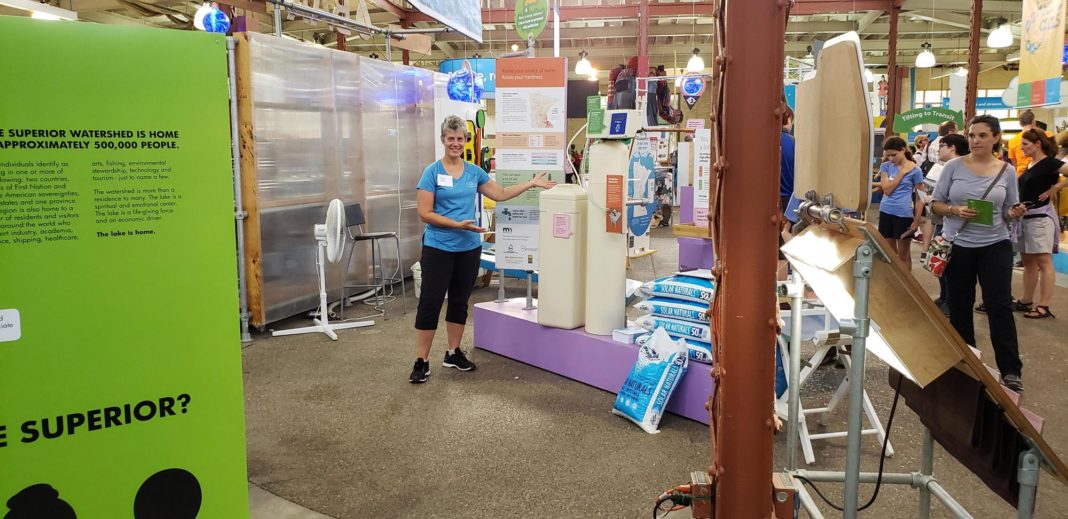Connie Fortin, whose great grandfather started Fortin Hardware in Hamel, launched her successful business, Fortin Consulting, in 1996 with more passion than knowledge. “My mission was to protect water,” said Connie, but her training was in computers, her experience, in military avionics.
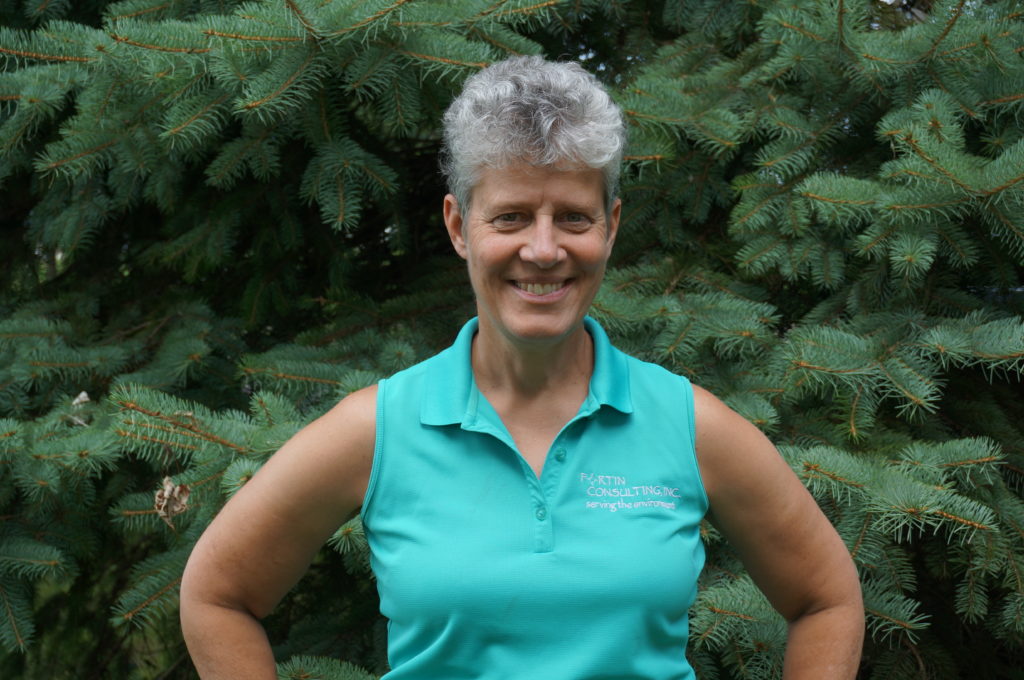
She graduated from Gustavus Adolphus with a degree in biology and computer design, and earned a master’s degree in software development. “I’m science-minded,” she said, “and my training led me to the department of defense.” Connie spent much of her work for 14 years designing reconnaissance software and diagnostic systems for airborne computers.
Connie was working on an airplane when it was called into the Gulf War. Two of her colleagues were required to go with the aircraft, and this made her reconsider. “I loved the fast pace and challenge of my work, but I wanted to do good for the world.” she said, “to use my energy to protect the environment.”
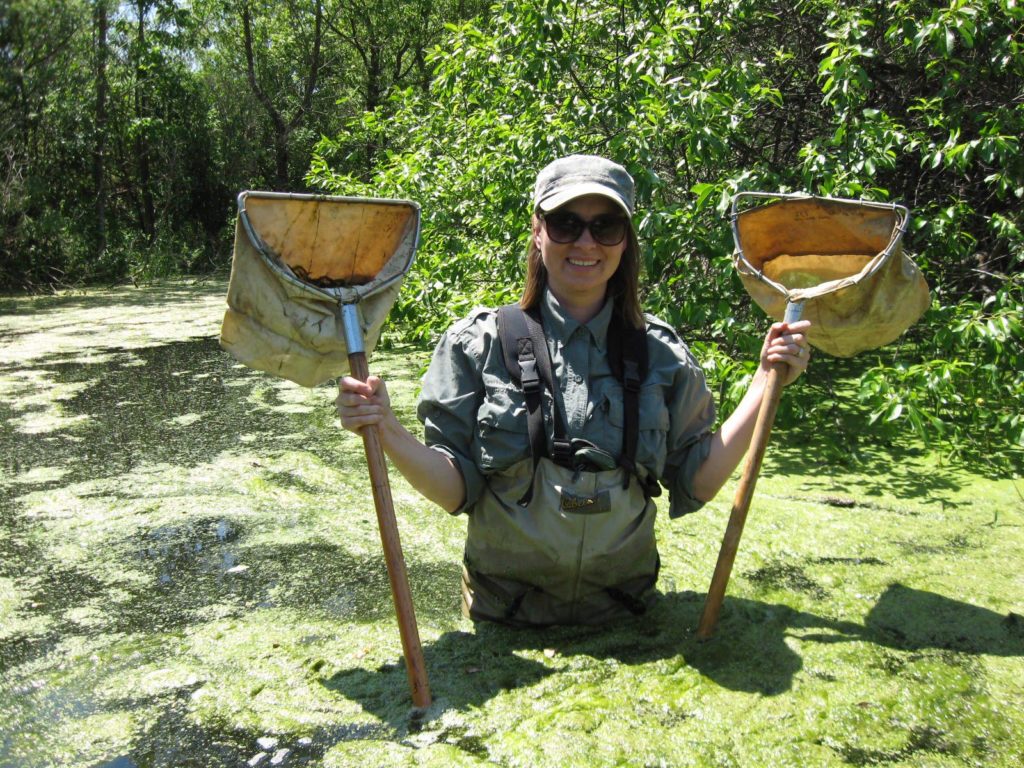
She took the summer off and, while attending a baby shower, chatted with Carolyn Dindorf. At the time Carolyn worked for the Hennepin Conservation District monitoring water quality in lakes, wetlands and streams. She needed an intern, and Connie thought, “I can run projects.” She applied and was given the unpaid internship. Much of her work was monitoring water health, stabilizing eroded stream banks and writing grants. “One thing I learned is that defense is very highly funded with its projects geared for fast results,” she said. “In environmental work the emphasis was on not spending money. Speed didn’t matter. You could hardly get a pencil!”
Connie left the Conservation District and incorporated Fortin Consulting, becoming a subcontractor for water health. She marketed and applied for grants. The business grew slowly, and it took some five years before Fortin Consulting made enough money for Connie to take a regular paycheck. “Most of the proceeds went into the business,” she said.
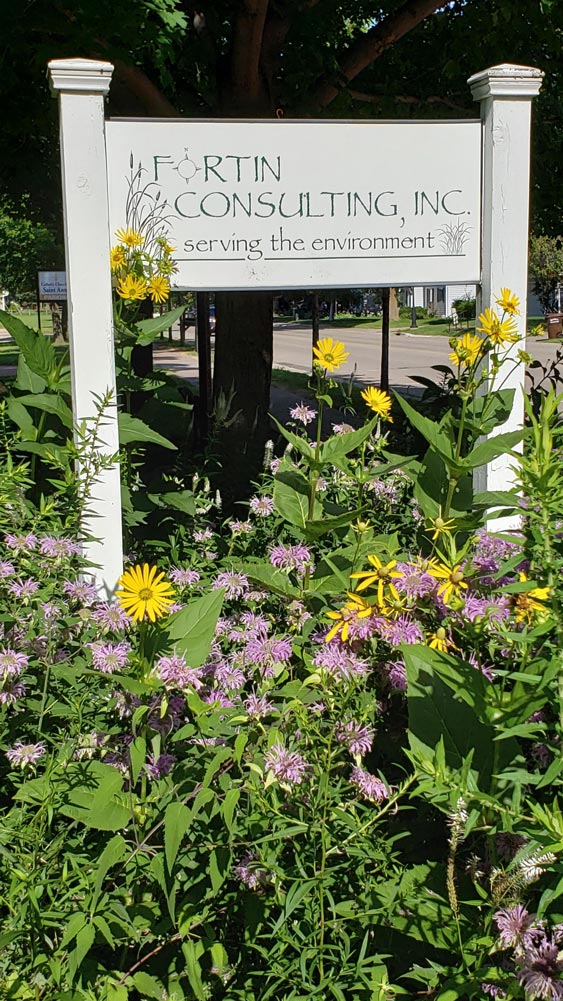
Early customers included the Freshwater Institute, the Hennepin Conservation District and private landowners. Typical work was bio-monitoring – looking for aquatic insects in order to assess water health in rivers and creeks. She undertook some education, too.
One day Connie was monitoring two tributaries of Shingle Creek. One registered chloride (salt) at what she described as, “a crazy high level.” At first she doubted the reading, but it was accurate. Connie explained that the chloride part of salt is a permanent pollutant. Once chloride enters water, it doesn’t break down. High levels of salt in water come from three major sources: winter road salt (deicers), water softener salt and agricultural fertilizers, this last in the form of potassium chloride. “Plants need the potassium,” said Connie, “but not the chloride.” With snowmelt and rainfall, fertilizer runs off fields into ditches and creeks. “Chloride ions move with the water,” she said. “The more salt we use and the more it accumulates, the more toxic the water becomes for aquatic life.” She explained how dissolved chloride is heavier than water and sinks to the bottom of lakes, creating dead zones for plants, amphibians and fish. “One teaspoon of salt,” she said, “will pollute five gallons of water.”
The Minnesota Environmental Protection Agency granted her money to develop and teach Smart Salting certification courses. By this time her erstwhile colleague, Carolyn Dindorf, had joined Fortin Consulting. Together they wrote salting manuals for different uses. The manuals outlined techniques for applying the least amount of salt necessary to achieve safe road and sidewalk conditions. Most winter maintenance professionals in Minnesota have attended one of their training classes.
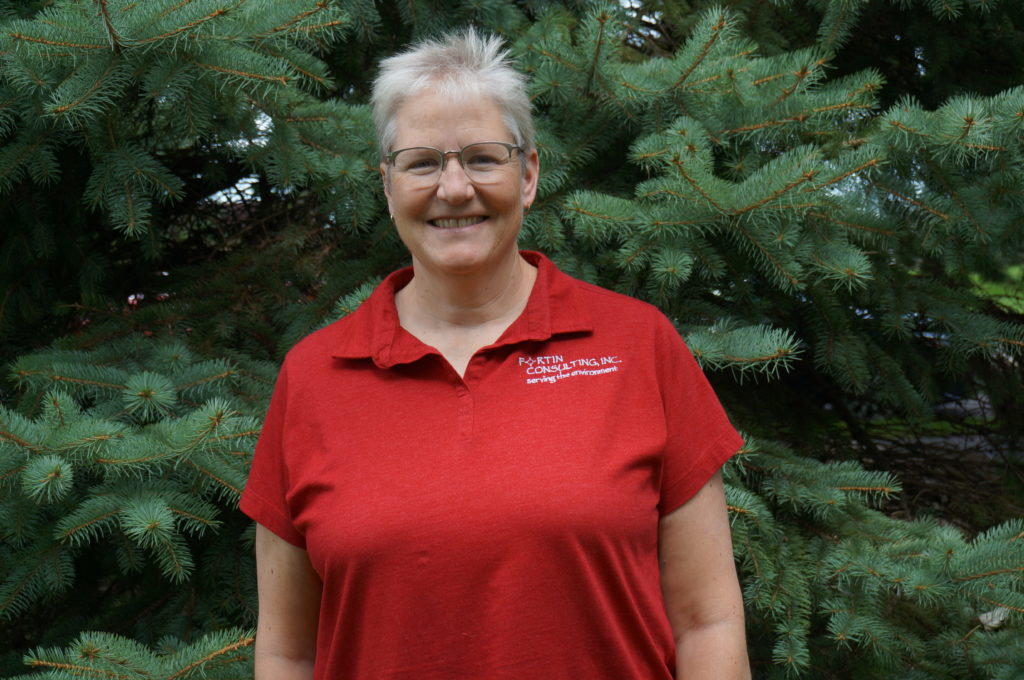
“We’ve made Minnesota the leader in salt use reduction,” said Connie. “The majority of our work is in Minnesota and the Midwest.” During the pandemic Fortin Consulting live-streamed seminars, reaching national and international audiences.
The company now employs five people and is broadening its work.“We’re inventing and learning as we go,” Connie said. “Our customers like our work and give us more opportunities to work with them.”
Fortin’s team has written manuals for turf maintenance, a manual on water conveyances, such as ditches, and many state pesticide certification manuals. They produced a manual on bio-control of the invasive garden plant, purple loosestrife.
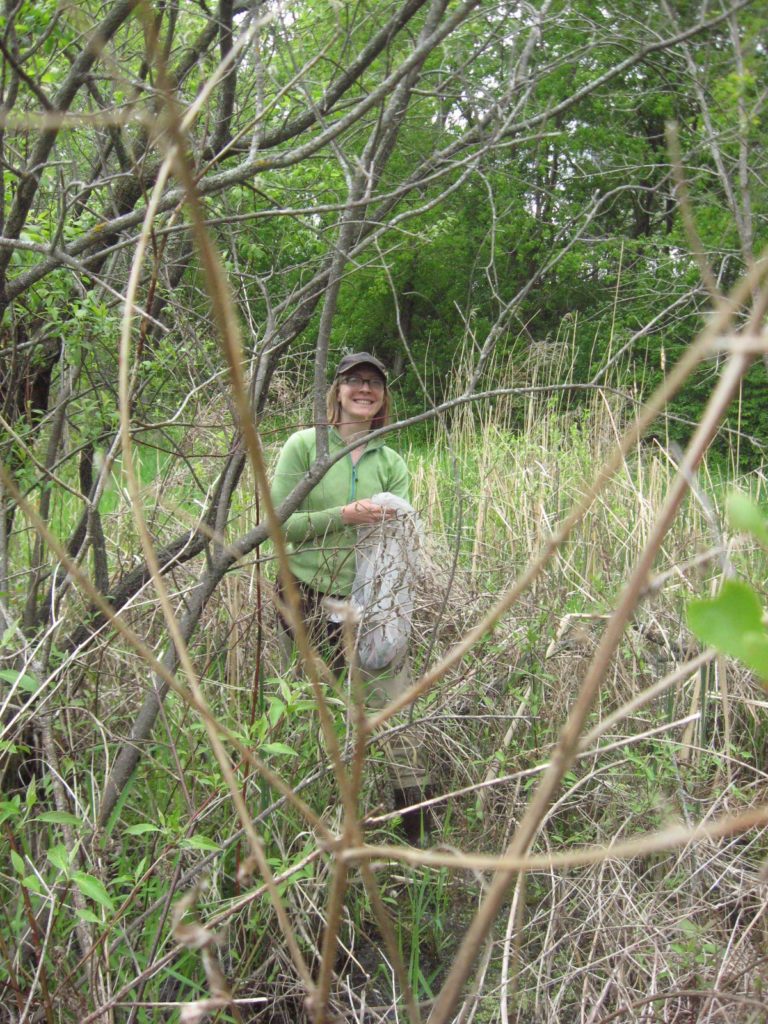
The National Park Service employed Fortin Consulting to rectify trail disturbance in a park along the Mississippi River and to conduct a native plant survey in the park. “We got a national award for that work,” said Connie. “We identified the endangered plant, Kittentails, and another plant we didn’t know.” It turned out to be Narrow-leaf Bittercress, an invasive plant never before documented in Minnesota. Her company presented a plan to eradicate the bittercress from the park and worked with the Minnesota Department of Agriculture (MDA) on herbicides for its control.
“The Minnesota Pollution Control Agency and the MDA love working with us,” she said. “We do a lot of writing between the science and the practical work. We make hard science understandable. We dabble in a lot of environmental things. I’d work all day, every day, if it was meaningful.”
She brings that idealism to her employees. “My staff is wonderful,” she said. “They work hard, and we give them interesting work. We pay fairly and give them health benefits.”
Connie told me she’s made less money in the last 25 years than she had in her first 14 years of work. “After I retire,”she said, “when I sit in my rocker, I want to know I made the world a better place; I want to feel satisfied.”



